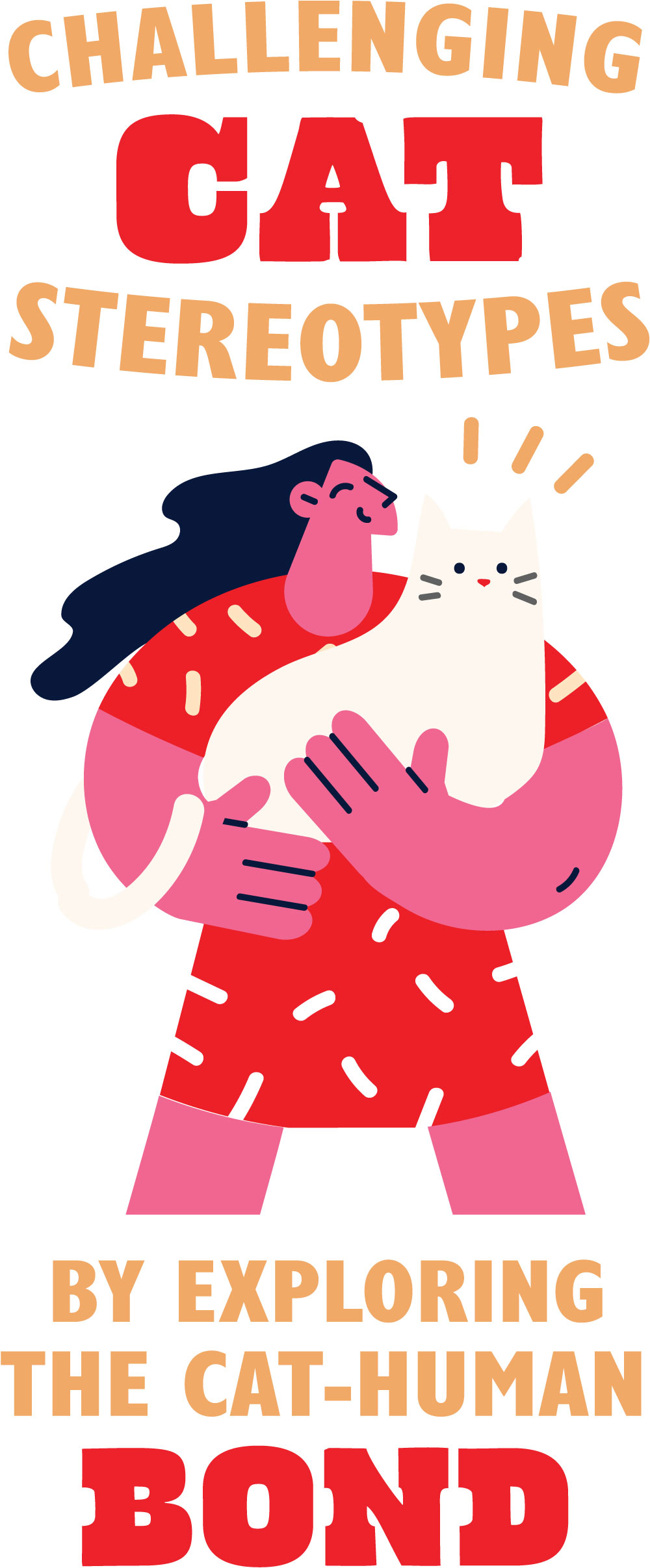
 f you look up animal-human bond studies, you’ll notice that almost all of them are focused on dogs. And that’s no surprise since the pet industry mostly revolves around dogs. Whether it’s for-profit pet product companies, animal welfare nonprofits or professionals in the pet service industry, canines bring in the money and get the attention. However, cats are coming up in the world as there are starting to be more feline-focused offerings, especially in the service fields.
f you look up animal-human bond studies, you’ll notice that almost all of them are focused on dogs. And that’s no surprise since the pet industry mostly revolves around dogs. Whether it’s for-profit pet product companies, animal welfare nonprofits or professionals in the pet service industry, canines bring in the money and get the attention. However, cats are coming up in the world as there are starting to be more feline-focused offerings, especially in the service fields.
An exciting development is the release of the first study ever solely focused on cats and the bond they have with humans.1 The $125,000 study was sponsored by Cat Person and conducted by Pet Partners, a national nonprofit focused on animal-assisted therapy. The academic paper is the work of Dr. Taylor Chastain Griffin, chief researcher at Pet Partners, and Dr. Lori Kogan of the College of Veterinary Medicine at Colorado State University, who both say what they discovered is eye-opening.
“So many nuggets came out of this study. We couldn’t believe how our study participants challenged typical cat stereotypes,” says Dr. Chastain Griffin, who is also a research psychologist.
The study is the result of interviews with 63 cat owners, who are also pet parents of a cat that is a certified therapy animal. Additionally, the paper features interviews with 13 facilities, including senior centers, hospitals and schools, where these therapy felines are regular visitors.
So what did the study find?
Every owner felt their cat was worth the effort of responsible pet ownership; in fact, all of them reported “they never felt a cat is more trouble than it’s worth” and “no one felt looking after their cat is a chore.”
The study also reported:
- 20 percent of respondents tell their cat something they wouldn’t tell anyone else weekly.
- 60 percent cuddle their cat every day.
- 60 percent talk to their cat every day.
- 40 percent play with their cat at least once per day.
“These findings really show that life is better when it’s shared with cats. It also shows that felines need to be showcased more in public. The typical stereotypes of all cats being aloof, shy, and independent are not true,” says Dr. Chastain Griffin.
Pet Partners, the national nonprofit that registers therapy animals across the globe, has only 400 cat therapy teams across the United States, compared to thousands of dog teams. There is a shortage of therapy animals nationally, as many handlers and their pets never returned to the volunteer positions after the COVID-19 pandemic. Pet Partners reports that there are far more institutions and other human health agencies asking for animal-assisted therapy visits than there are therapy animals.

The Pet Partners researcher also believes if more service providers would help recruit therapy animals, they could actually help break the stereotypes of cats as being aloof, independent, shy or untrainable.
In interviews with facility managers who host cat therapy teams, they claim that they were shocked at the reaction of their residents to seeing cats participate in animal-assisted therapy. In fact, many of the facilities reported that “cats were far more impactful” than dogs.
One facility manager in the study reported, “We have people that say they don’t like cats; ‘I don’t want to touch your cat.’ But then they hang out in the perimeter and watch, and by the end of the time they are up close asking questions and touching the cat. Some patients even say they didn’t know they were cat people until a feline came to visit.”

Another unexpected finding in the study was the healing power of the purr. A cat purring on a client or patient’s lap was brought up time and time again in interviews, as it was discovered that a cat’s purrs were particularly helpful to promote relaxation, especially for those in difficult situations. It’s believed that the megahertz of a purr has many healing properties.
Dr. Chastain Griffin says this foundational research is just the beginning, as there is far more that needs to be learned when it comes to the cat-human bond. She hopes the study will one day expand to focus on non-therapy cats that are traditional, owned pets.

A cat purring on a client or patient’s lap was brought up time and time again in interviews, as it was discovered that a cat’s purrs were particularly helpful to promote relaxation, especially for those in difficult situations.
Additionally, Dr. Chastain Griffin says the data from this project confirms a truth known by millions of cat owners and cat lovers around the globe: Cats and people are better together.
Think you can help? Pet Partners offers free resources,2 training and evaluation for aspiring therapy animals.
References:
- Exploring the Cat-Human Bond. Pet Partners. https://petpartners.org/publications/exploring-the-cat-human-bond/
- Ways to Volunteer. Pet Partners. https://petpartners.org/volunteer/ways-to-volunteer/


